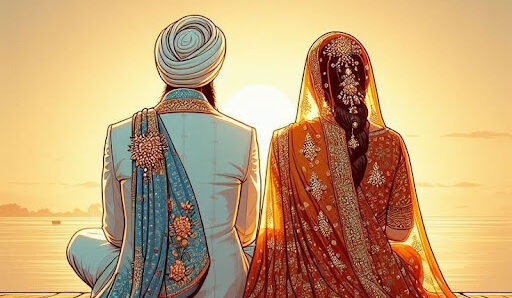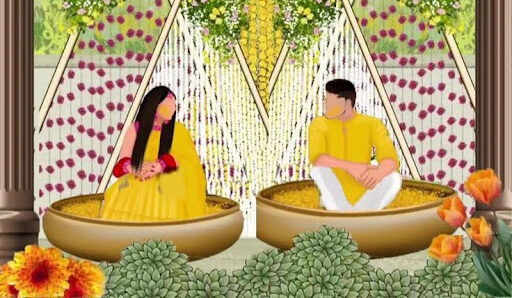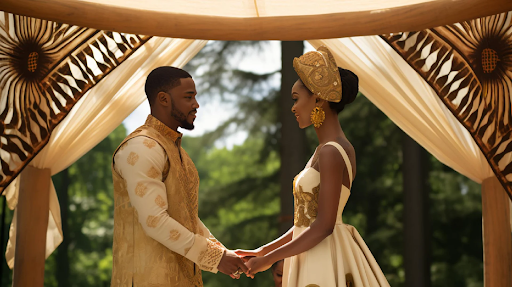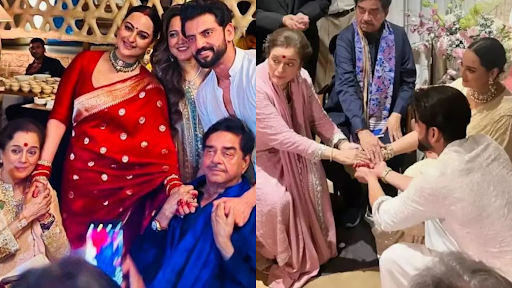Introduction
Weddings are not just celebrations; they are the epitome of cultural heritage and traditions passed down through generations. Each corner of the world holds its own unique take on matrimonial ceremonies, offering a glimpse into the diversity and richness of human cultural expressions. From the serene shores of the Mediterranean to the vibrant landscapes of Asia, every region adds its own color to the canvas of matrimonial celebrations. This exploration into regional wedding traditions reveals how love is celebrated across cultures, bringing people together in remarkable ways.

A Glimpse into the Origins of Wedding Traditions
Wedding traditions are as old as the institution of marriage itself, often rooted in ancient practices aimed at bringing luck, fertility, and prosperity to the newlyweds. These customs reflect the values, beliefs, and societal aspects of their times, evolving yet retaining their essence throughout the centuries. Understanding these origins not only enriches our appreciation of these customs but also connects us with our ancestors, creating a timeless bond that transcends the ages.
Unique wedding traditions from various regions
- Latin America’s Las Argas, where couples exchange coins to symbolize their commitment to sharing the journey of life together.
- The vibrant Baraat procession in South Asian weddings showcases the groom’s journey to the bride’s house amidst dancing and music.
- In Japan, the tradition of San-San-Kudo involves the sharing of sake between the couple and their families, symbolizing unity and bonding.
Cultural Significance of Bridal Attire and Accessories
The bridal attire and accessories chosen for weddings are not merely about beauty and elegance; they are deeply imbued with cultural significance and sentiments. Whether it’s the intricate henna designs adorning a South Asian bride’s hands, symbolizing joy and beauty, or the classic white gown in Western cultures, representing purity and innocence, each element tells a story of heritage, pride, and personal meaning.
Traditional Wedding Ceremonies and Their Meanings
- In Celtic traditions, the handfasting ceremony binds the couple’s hands together with a cord, representing their intertwined destinies and commitment.
- Chinese Tea Ceremony, where the couple pays homage to their families, expressing respect and gratitude for their upbringing.
- The Jewish Chuppah, a canopy under which the couple exchanges vows, symbolizes the home they will build together.

Wedding Dances and Music Across Different Cultures
Music and dance are indispensable components of wedding festivities, embodying the joy and spirit of the occasion. From the energetic Bhangra and Garba dances in India to the solemn and graceful Waltz in many Western cultures, these traditions not only entertain but also foster a sense of community and belonging among the guests, celebrating the union in full swing.
Festive Culinary Delights at Regional Weddings
No wedding is complete without a feast, and every culture brings its own flavors to the banquet. From the Italian tradition of serving a multi-course meal, featuring exquisite dishes like risotto and osso buco, to the intricate Moroccan wedding spreads with their rich spices and sweet pastries, weddings are a culinary adventure that delights the senses and brings people together in celebration of love.

Symbolic Rituals and Customs from Around the World
Many wedding traditions are steeped in symbolism, carrying profound meanings and wishes for the couple’s future. For instance, the Russian tradition of breaking bread represents the hope for abundance in the couple’s life, while the Filipino custom of releasing two doves symbolizes a peaceful and harmonious life ahead. These rituals enrich the ceremony, adding layers of meaning that transcend the visible spectacle and resonate with the couple and their communities on a deeper level.
Conclusion
In traversing the globe through its wedding traditions, we not only witness the ceremonial expressions of love but also the universal values that bind us all. Celebrating these traditions allows us to appreciate the beauty in our differences and the unity in our humanity, reminding us that in the heart of all traditions lies the love that moves us all.

